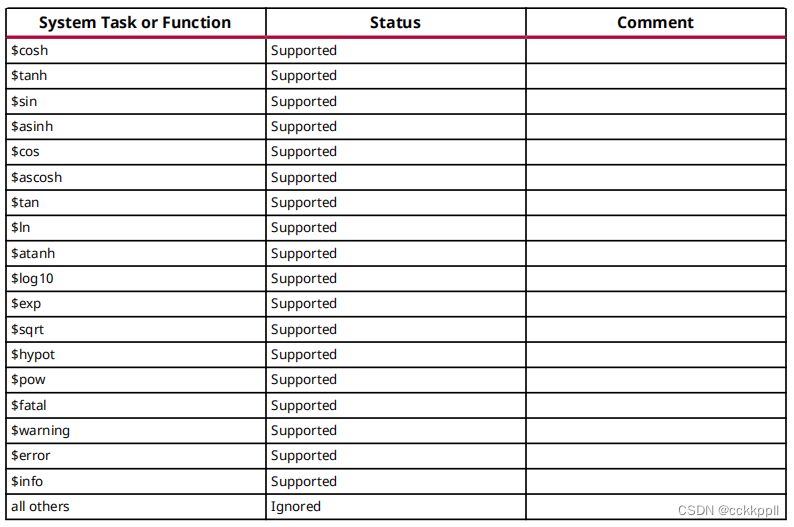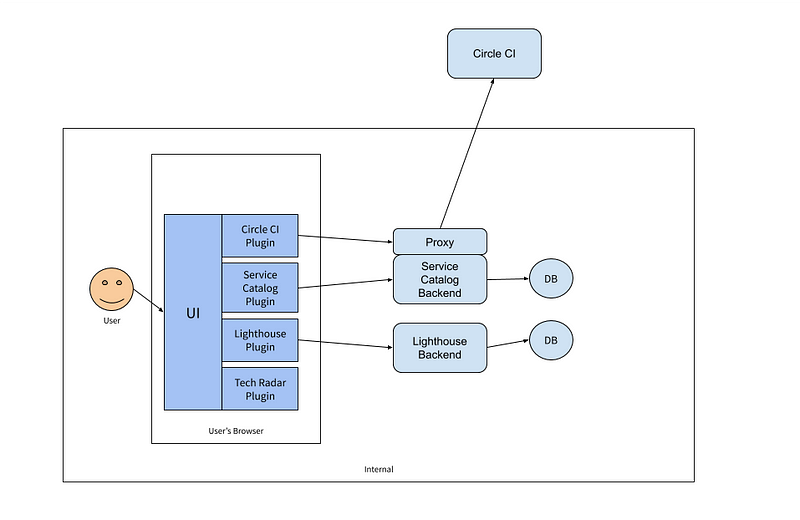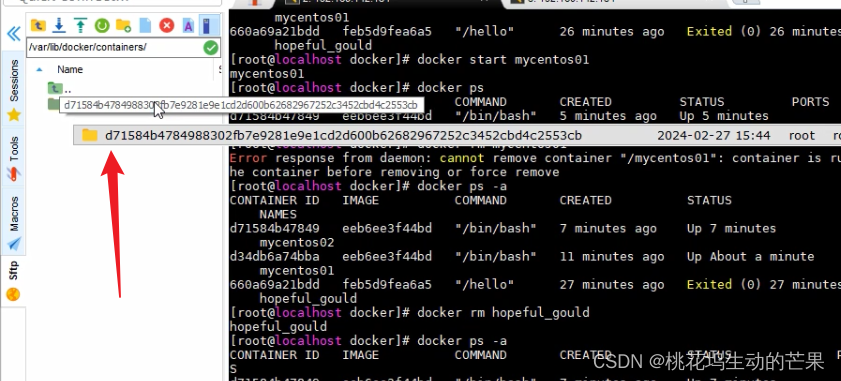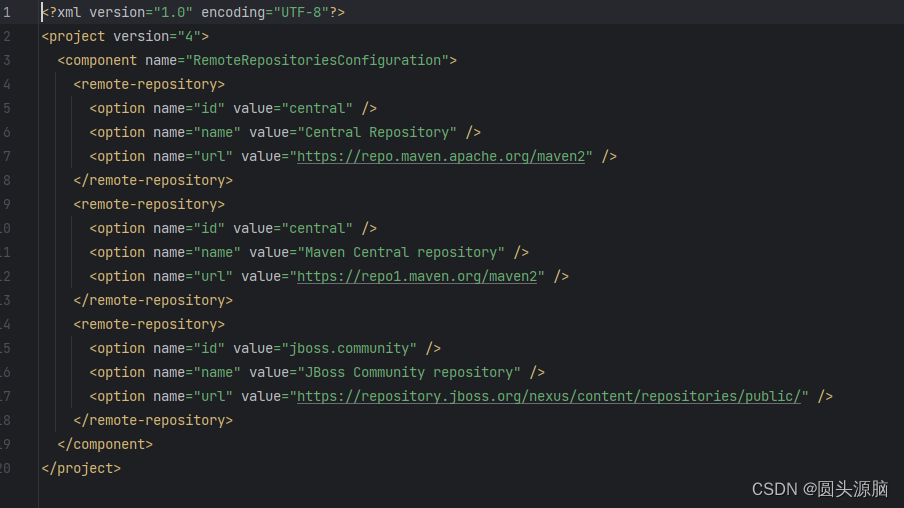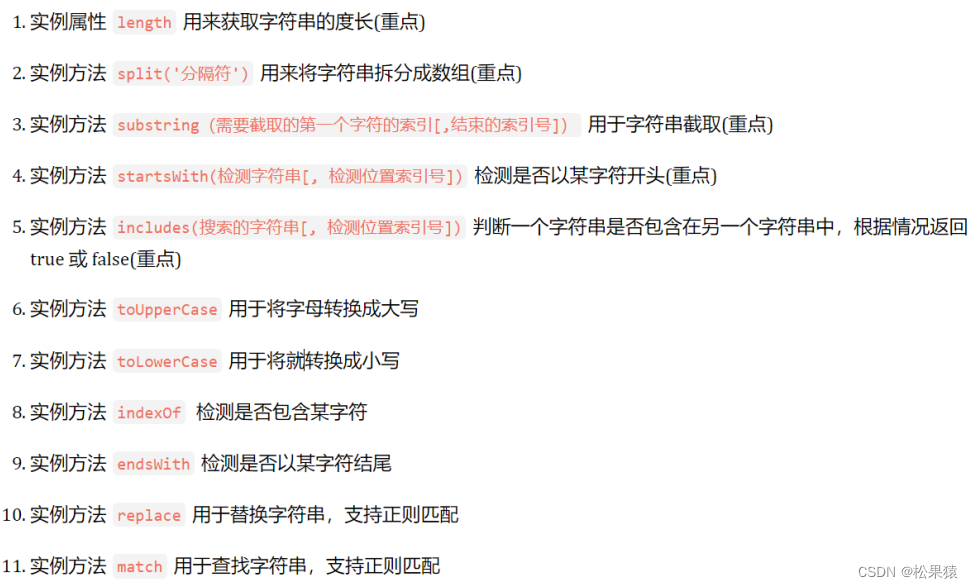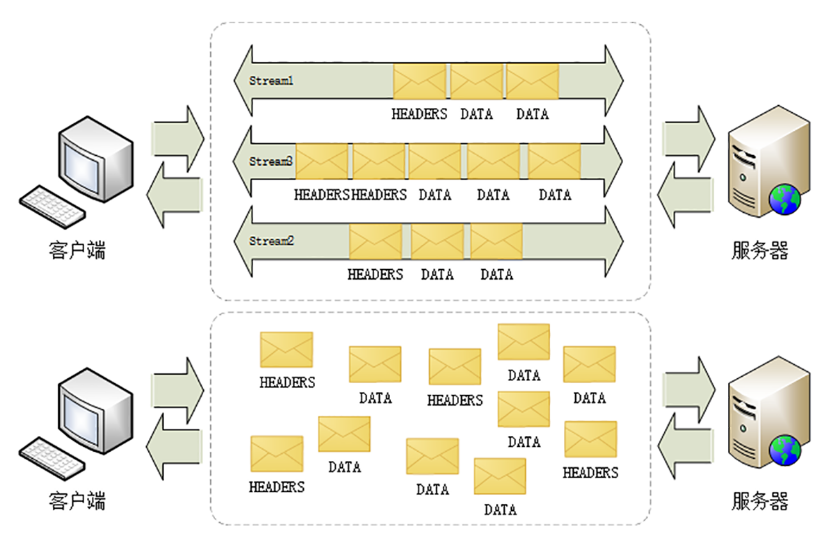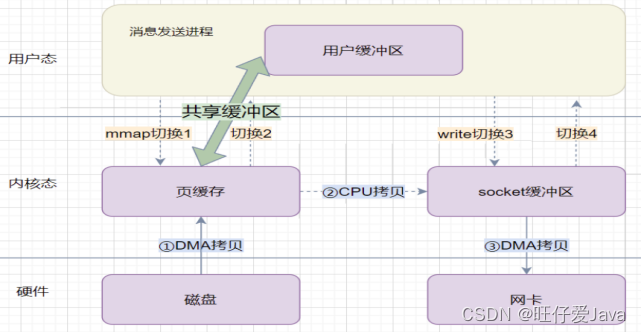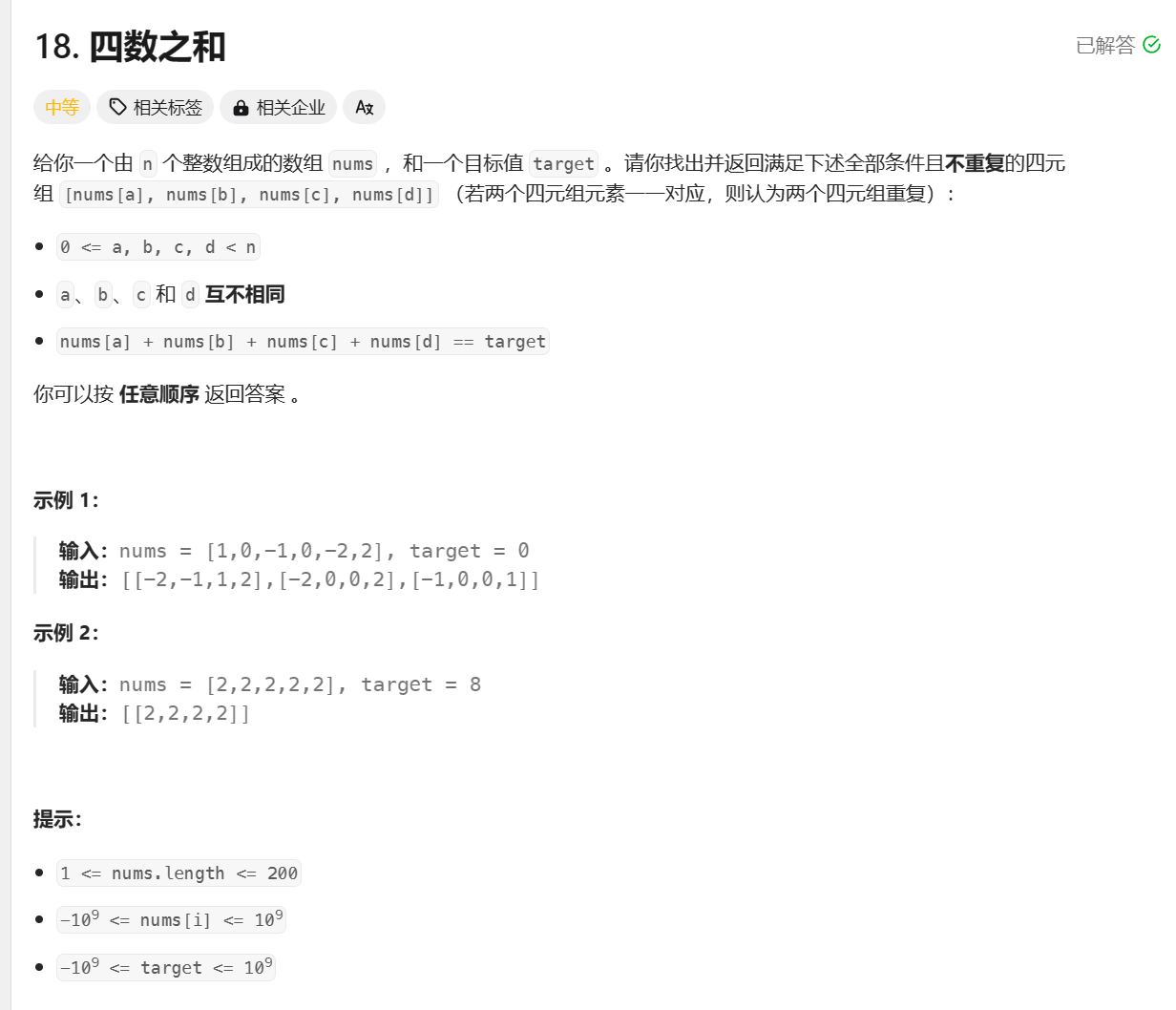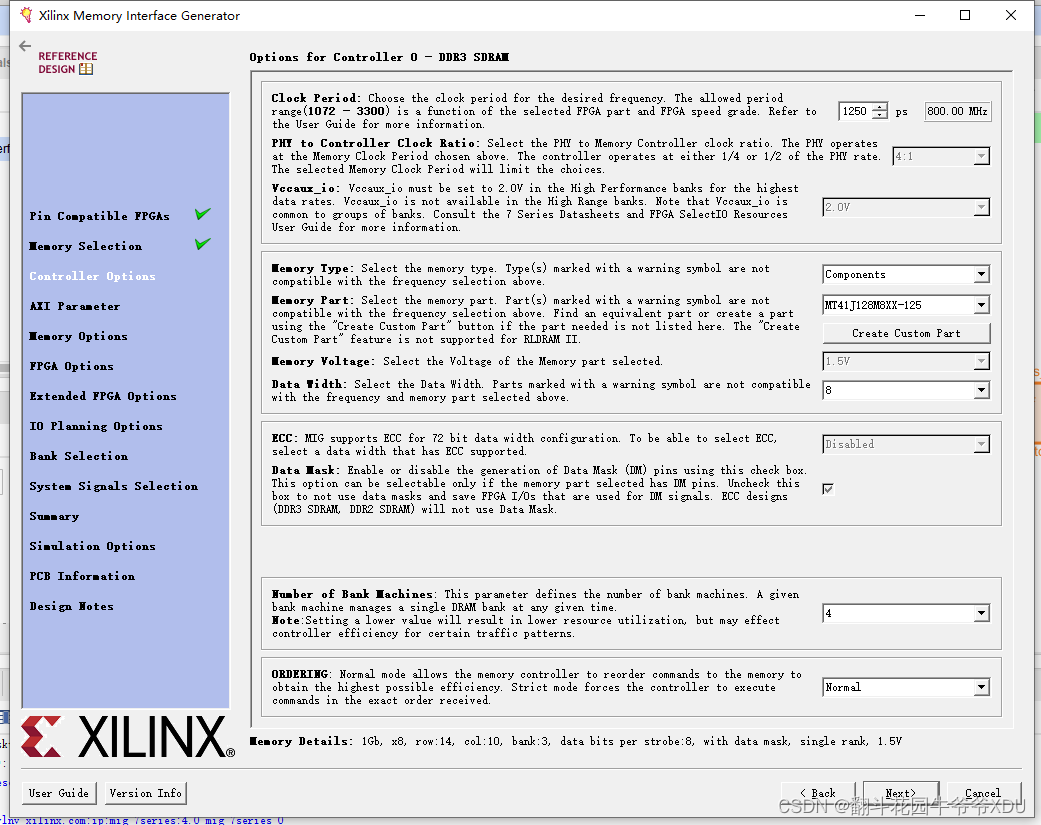【二叉搜索树的最近公共祖先】【二叉搜索树性质】Leetcode 235. 二叉搜索树的最近公共祖先
- 【巧】解法1 利用二叉搜索树有序的性质
- 解法2 采用二叉树求最近公共祖先的方法——后序遍历
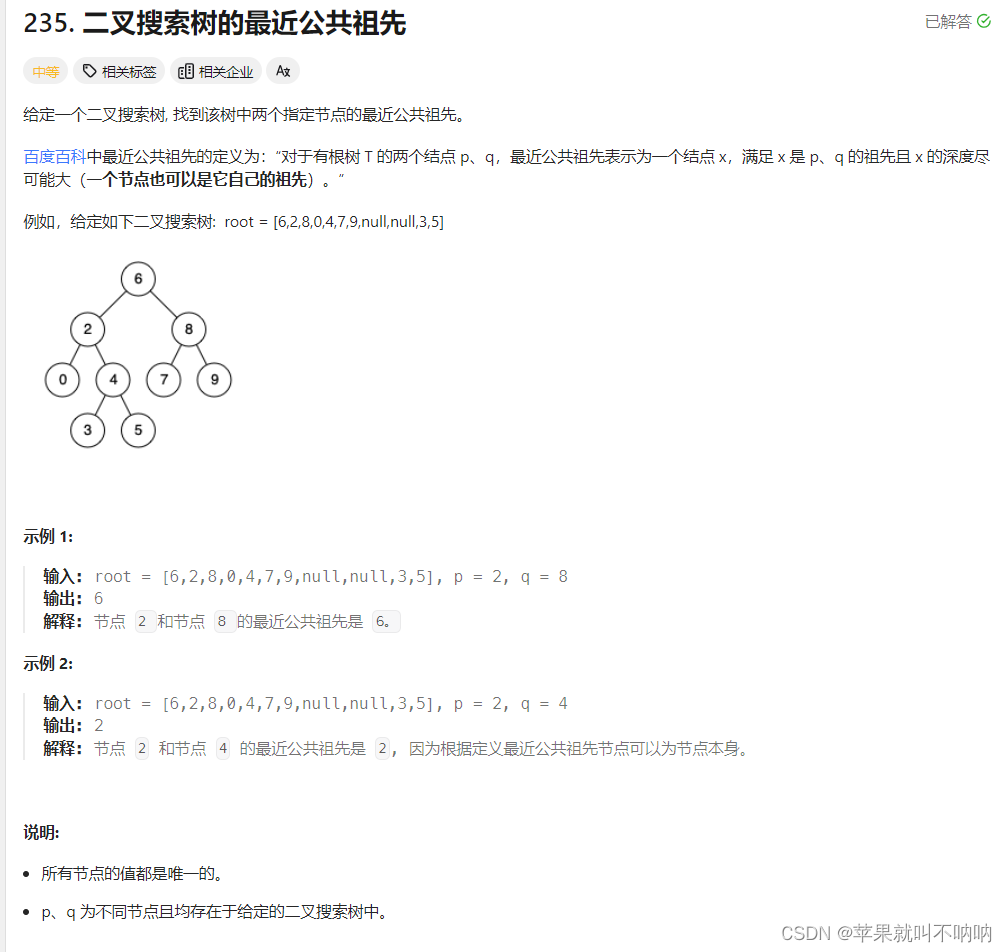
---------------🎈🎈235. 二叉搜索树的最近公共祖先 题目链接🎈🎈-------------------
【巧】解法1 利用二叉搜索树有序的性质
二叉搜索树的特点被应用
如果root大于p和q,说明p和q的最近公共祖先一定在当前节点的左子树中, 那么就只需要向左遍历
如果root小于p和q ,说明p和q的最近公共祖先一定在当前节点的右子树中, 那么就只需要向右遍历
如果root的值介于p和q之间,说明root一定是p和q的公共祖先,这时候返回root即可
—————————但需要怎么保证其是最近的公共祖先呢?其实二叉搜索树就直接保证了其是最近的
/*** Definition for a binary tree node.* public class TreeNode {* int val;* TreeNode left;* TreeNode right;* TreeNode(int x) { val = x; }* }*/class Solution {public TreeNode lowestCommonAncestor(TreeNode root, TreeNode p, TreeNode q) {if(root.val > p.val && root.val > q.val){ // 如果root大于p和q 那么就只需要向左遍历 结果不断return上去return lowestCommonAncestor(root.left,p,q);}if(root.val < p.val && root.val < q.val){ // 如果root小于p和q 那么就只需要向右遍历 结果不断return上去return lowestCommonAncestor(root.right,p,q);}// 如果等于或者root的值介于p和q之间,这时候返回root即可return root;}
} 解法2 采用二叉树求最近公共祖先的方法——后序遍历
/*** Definition for a binary tree node.* public class TreeNode {* int val;* TreeNode left;* TreeNode right;* TreeNode(int x) { val = x; }* }*/class Solution {public TreeNode lowestCommonAncestor(TreeNode root, TreeNode p, TreeNode q) {if(root ==null) return null;if(root==p ||root==q) return root;TreeNode left = lowestCommonAncestor(root.left,p,q);TreeNode right = lowestCommonAncestor(root.right,p,q);if(left == null && right==null) return null;else if(left == null && right!=null) return right;else if(left != null && right==null) return left;else return root;}
}![[通用] iPad 用于 Windows 扩展屏解决方案 Moonlight + Sunshine + Easy Virtual Display](https://img-blog.csdnimg.cn/direct/2e0d41da05164192b2c59ceabf5afbcc.png)
